I needed a T-Flip-Flop for my project #Floppy-bird , and didn't have any TTL components on-hand, so I thought I'd see if it was possible with comparators...
A fellow 'round here has done some interesting stuff with diodes as transistors, and such-like that seems otherwise uncommon, if not "impossible", so inspired by @Ted Yapo, I ventured into the realm of doing-so with only a single comparator. The idea, then, was maybe it'd eventually be possible with a single Transistor...
And, lo-and-behold, roelh's One Transistor FlipFlop. Glad to see it's possible!
 Eric Hertz
Eric Hertz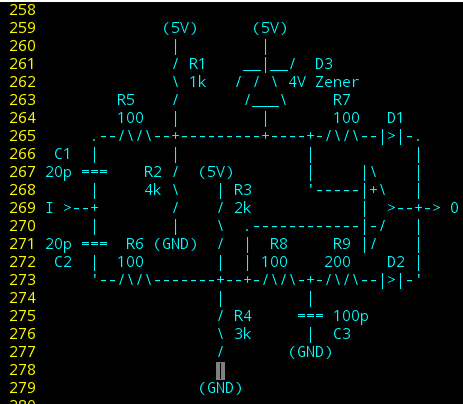
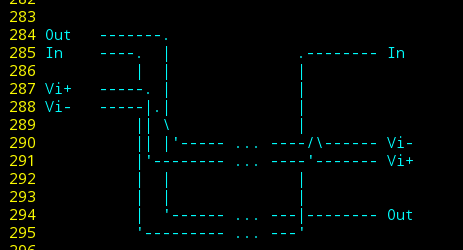
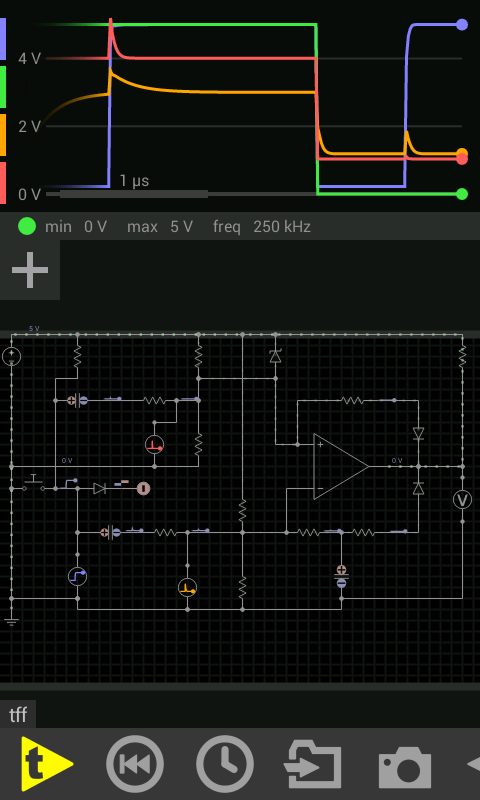
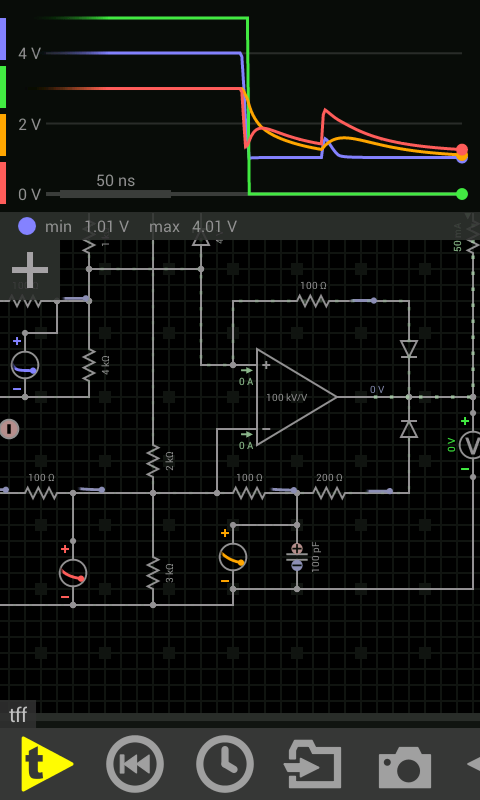
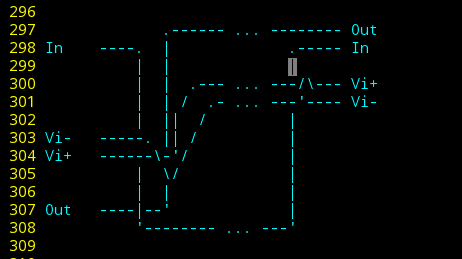
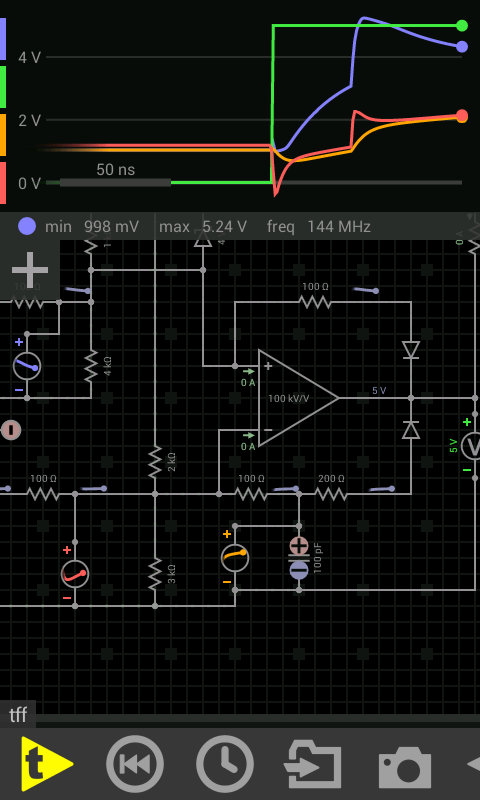
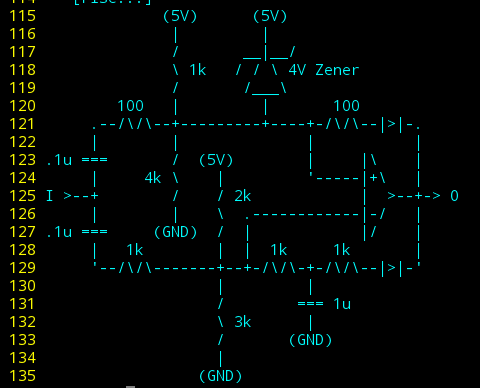
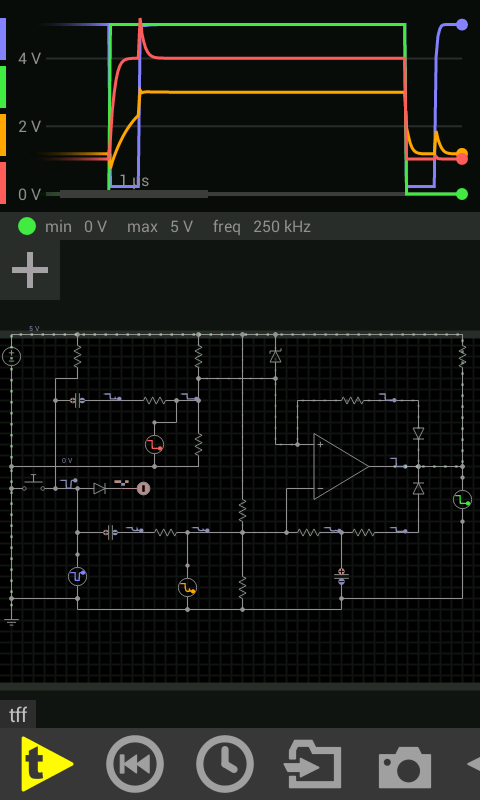
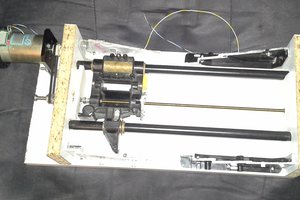
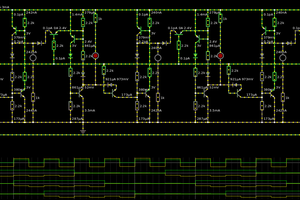
 Yann Guidon / YGDES
Yann Guidon / YGDES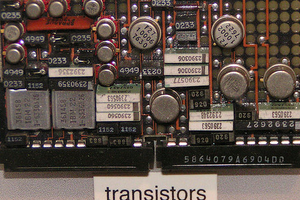
 Bill Smith
Bill Smith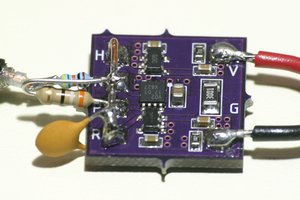
 Ted Yapo
Ted Yapo